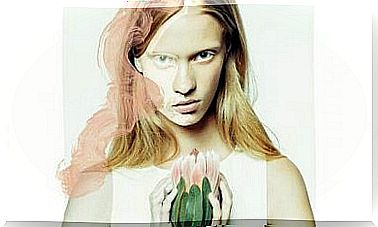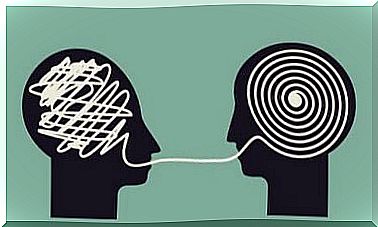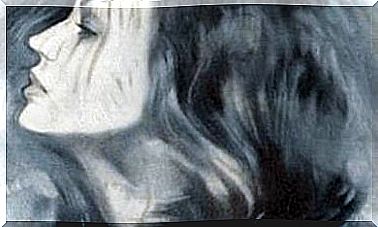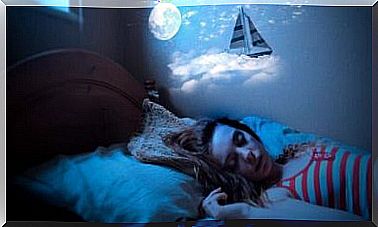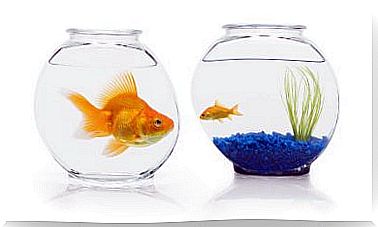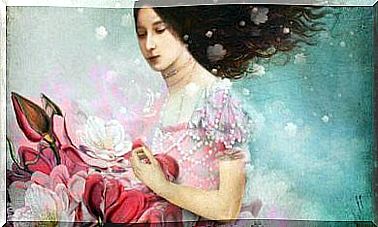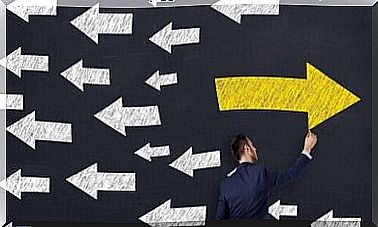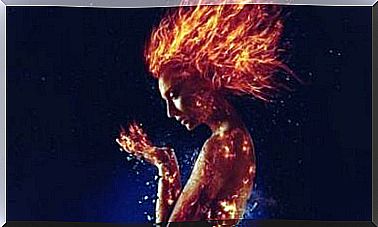What Our Brain Creates When We Read
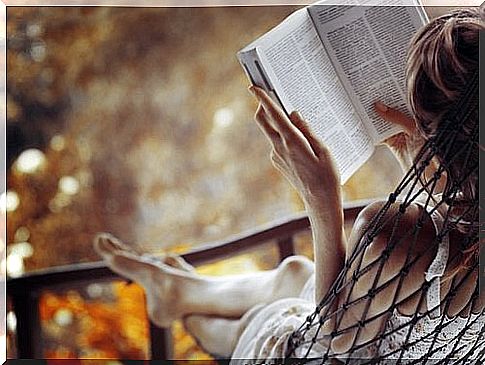
When we read, we imagine many things that, in reality, we are not told, but that are created by our imagination. For example, what do you see when you read this sentence? “Motionless in the middle of the river, your feet and legs would scream in pain, the blood would rise as fast as blood can rise, putting as much distance between it and the river as the blood can put” (Tom Spanbauer – The man who fell in love with the moon).
To understand what is created in our minds when we read, there is a beautiful book that we want to share with you: What we see when we read by Peter Mendelsund (original ed. By Knopf Doubleday Publishing ). It is an illustrated book thanks to which we immerse ourselves in the reading process to understand the secrets of the paintings that we paint in our mind when we read. How we imagine the characters or places, because, in reality, we see with the mind and not with the eyes.
Mendelsund is a classical philosopher and pianist who also works as a creative director at a major publishing house and has designed some of the most captivating book covers of recent years. His book What We See When We Read is an illustrated essay that analyzes what happens when we read. Laurence Sterne in his Life and Opinions of Tristram Shandy, Gentleman , defines in a very interesting way the collaboration that exists between the writer and the reader regarding the process of imagining what one reads:
Mendelsund starts from the idea that, at times, we see the reading process as seeing a film, even if the characters or places are not seen as clearly. When you make a film adaptation of a book, in fact, it is usually disappointing, since the characters acquire a concrete aspect that, in our mind, they did not have.
Imagine the characters
Many writers describe some aspects of the characters, but allow each reader to imagine the rest. In this way, the collaboration between the reader and the writer begins, from which people, places and situations arise that arise from words.

Everyone knows the beginning of Moby Dick, with his enigmatic “Call me Ishmael”. This is a narrator we doubt, because it almost seems that he does not even know his name or that he does not want to let us know and therefore suggests a fake one. Despite this, what Mendelsund is asking is how do we imagine the character of Ishmael?
Perhaps, that opening sentence makes us imagine a face, a body, a look for this character, but this image must be reviewed during the reading, to adapt it to the details that the author gives us.
On the other hand, even if we have a certain image of the character at the beginning of the book, that image changes not only as the author gives us more physical or psychological details, but also with the inner evolution that the character experiences. during the story being told and which can make him seem nice or unpleasant.
We read outwards or inwards
Mendelsund argues that when we read, we recline inward. Despite this, paradoxically we also do it towards the outside, towards the book we are reading. In the action of reading, the way we face and the world suggested by the book overlap.

In this way, when we open the first page of a book it is as if we are standing on a threshold. This is what happens at the beginning of Moby Dick with that “Call me Ishmael”, which confuses us because it involves so many uncertainties that we feel in many different places at the same time.
As Mendelsund says, good books invite us to imagine, so the action of reading becomes an act of co-creation between the author and the reader. In his book What We See When We Read, he says that Kafka did not want an image or a drawing of “his insect” on the cover or anywhere else in the book The Metamorphosis , because what interested him was, perhaps, leave it to the reader to trace the profile of this creature little by little, from the point of view of the insect itself.
Reading is therefore an activity of imagination, of creation between the reader and the writer, which allows us to give life to the characters and the story, to immerse ourselves completely in the world that is suggested to us by words. We create images in our mind, which is what it really sees, while our eyes just read.


